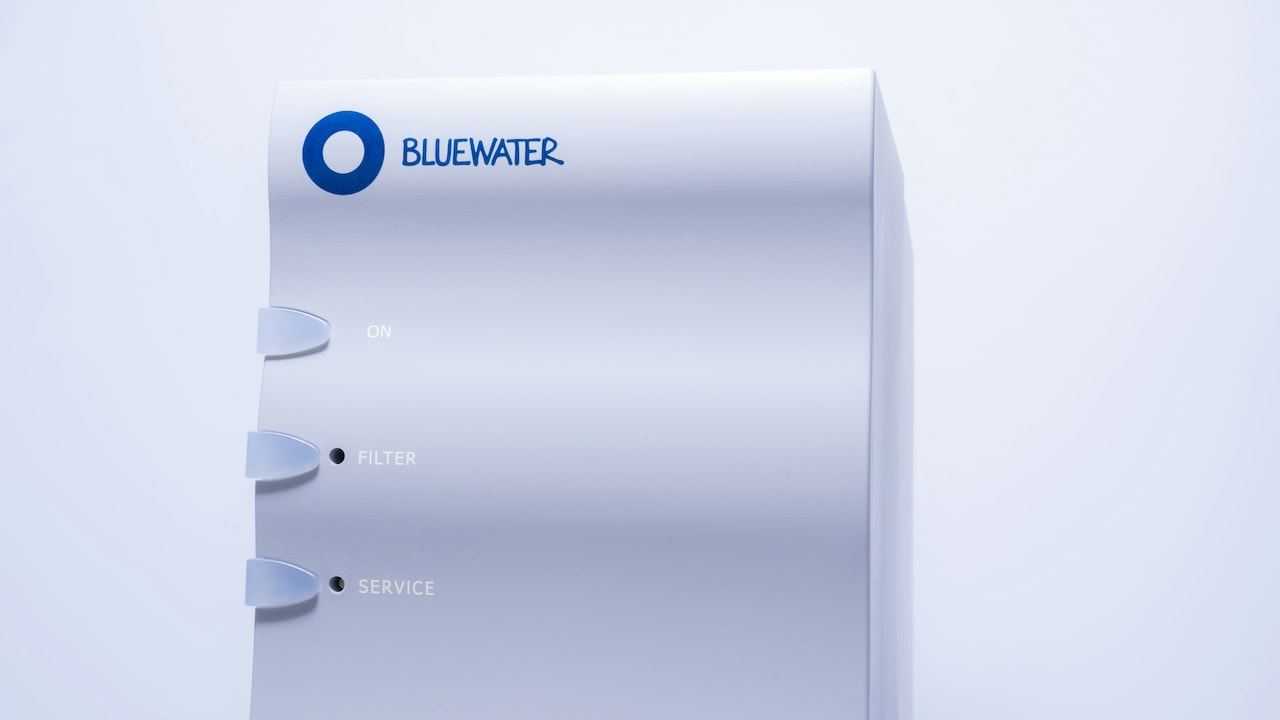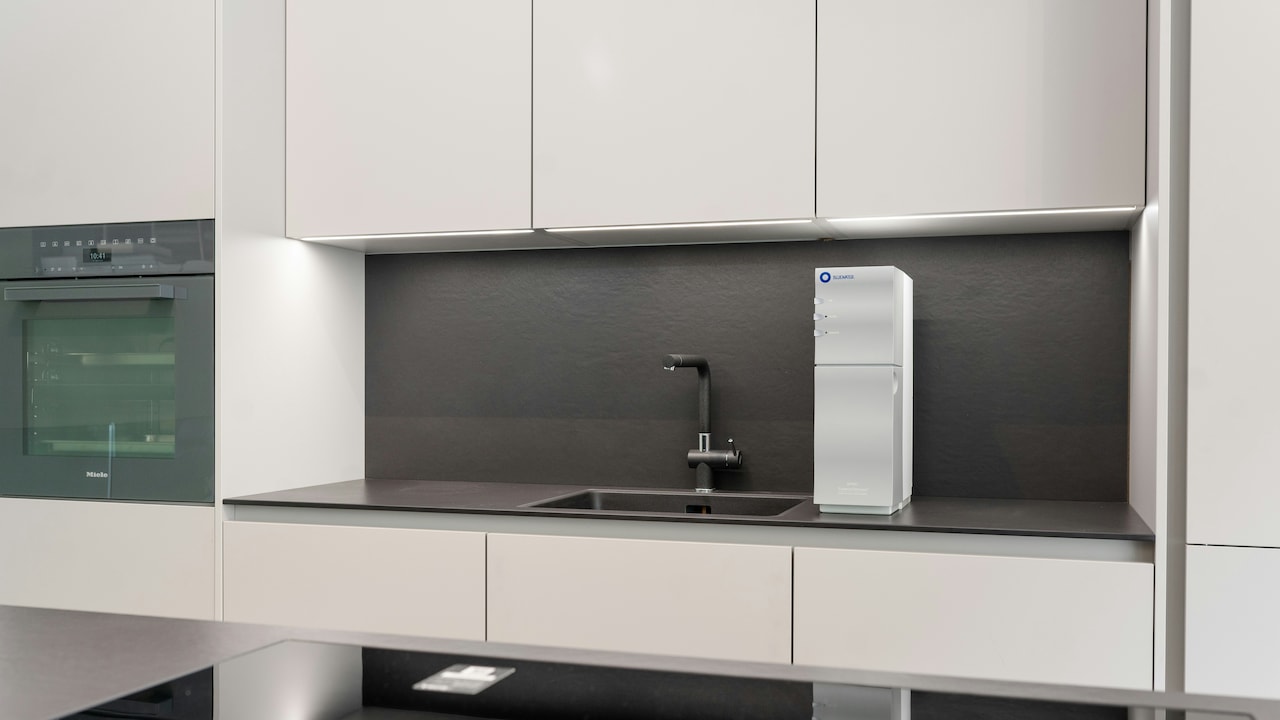How to Choose the Right Water Purifier for Your Areas TDS: 10 Must-Know Tips
Water purifiers are no longer luxury items; theyre daily guardians of our health. But how do you know which one suits your water best? Before you make a decision, here are key things to check, especially when it comes to your areas TDS levels.

10 Things To Check Before Buying A Water Purifier For Your Areas TDS.
Safe drinking water is one of those simple pleasures that shouldn't require a science degree to enjoy. Yet, walk into any appliance store or scroll through an online marketplace, and you'll be met with a dazzling array of water purifiers promising crystal-clear, germ-free water. Each boasts its own technology, RO, UV, UF, MTDS, enough acronyms to confuse anyone. Here's where TDS, Total Dissolved Solids, steps in. TDS indicates the concentration of dissolved minerals, salts, and metals in your water. In simpler terms, it's the measure of “what else” is in your glass apart from H₂O. Depending on your locality, TDS levels can range from perfectly safe to worryingly high. The right water purifier for you depends on that number.
So before you commit your hard-earned ₹ to the wrong water purifier, let's break down the 10 things you absolutely must check before buying one suited for your area's TDS. Grab a safe glass of water, and read on as we tell you how to choose the right water purifier for your area's TDS - top 10 tips.

10 Things To Check Before Buying A Water Purifier For Your Areas TDS; Photo Credit: Pexels
Before You Buy: The Smart Water Purifier Checklist
1. Know Your Water's TDS Level
Before picking any purifier, find out what you're dealing with. TDS levels vary from one neighbourhood to another, depending on water sources, municipal, borewell, or tanker supply.
A simple TDS meter, available online for under ₹300, can tell you the number in seconds. If your reading is below 200 ppm, your water is relatively pure and may only need simple filtration. Anything between 200 and 500 ppm is still acceptable, but may need a combination of filters. Beyond 500 ppm, you're looking at hard water territory that likely needs an RO system.
Imagine this: your area's borewell water tastes slightly salty; that's a red flag for high TDS. Skipping this step is like buying spectacles without checking your eyesight. Understanding your TDS helps you choose the right technology, avoid unnecessary costs, and ensure your water is both safe and tasty.
2. Choose the Right Purification Technology
Once you know your TDS, pick a purifier that matches it. RO (Reverse Osmosis) systems are perfect for high TDS water; they remove excess salts, heavy metals, and impurities. But if your water already has low TDS, using RO can strip away essential minerals and make the water taste flat.
For low to moderate TDS levels, UV (Ultraviolet) or UF (Ultrafiltration) systems work wonders. They kill bacteria and viruses without altering the natural mineral balance. Some purifiers even combine these technologies, RO + UV + UF, to handle mixed water sources.
So, if your tap water comes from both municipal and borewell lines, a multi-stage purifier keeps you covered. Think of it like a customised suit, tailored purification for your unique water quality.
Also Read: Top 5 Non-Electric Water Purifiers in India, From Kent to Pureit: Pure Water, Zero Waste
3. Check for a TDS Controller or Mineraliser
If you're going for an RO purifier, don't forget the mineraliser or TDS controller. These components restore the essential minerals like calcium and magnesium that RO tends to remove.
Without them, your water might be safe, but taste as bland as boiled rice without salt.
A good purifier balances purity with palatability. Mineralisers not only improve flavour but also ensure you get the right nutrient content. Many brands advertise “Taste Enhancer” or “Mineral Guard” features; look out for those. They make all the difference between water that's merely clean and water that feels alive.
4. Understand the Source of Your Water
Every locality has its own water story. Some depend on municipal pipelines, others on borewells, tankers, or even a mix. Each source brings its own challenges. Municipal water often has lower TDS but risks chlorine residues. Borewell water usually has high TDS and might carry heavy metals like arsenic or lead.
Knowing the source helps you choose better. For instance, RO + UV purifiers are ideal for borewell or mixed water, while UV + UF units work well for piped supplies.
If you move frequently or live in a rented flat, a multi-source compatible purifier offers flexibility. After all, water in Bengaluru isn't quite the same as in Delhi or Pune, and your purifier should keep up with that difference.

10 Things To Check Before Buying A Water Purifier For Your Areas TDS; Photo Credit: Pexels
5. Check Maintenance and Filter Replacement Costs
Purifiers need care, filters wear out, membranes get clogged, and UV lamps lose strength. Maintenance isn't just a technical chore; it's an ongoing expense. Always check how often filters need replacement and how much they cost.
On average, annual maintenance can range from ₹1,000 to ₹5,000 depending on the brand and model.
Some purifiers come with smart indicators that alert you when service is due, a useful feature for busy households. Brands with wide service networks also save you the frustration of waiting days for a technician. Remember, neglecting maintenance defeats the entire purpose; it's like skipping an oil change on a car and expecting it to run smoothly.
6. Consider Water Wastage Levels
RO purifiers are great for removing TDS, but they're notorious for wasting water. Typically, for every litre of purified water, three litres can go down the drain. That's a serious concern in places already struggling with water scarcity.
Look for purifiers that boast water-saving technologies or recovery systems. Some brands claim up to 70–80% water recovery. Alternatively, you can repurpose the rejected water for mopping floors, washing utensils, or gardening, just avoid using it for cooking or drinking.
Being mindful of wastage not only saves water but also lightens your monthly water bill and environmental footprint.
7. Storage Capacity and Flow Rate
Picture this: guests arrive for dinner, and suddenly there's no drinking water left because your purifier takes ages to refill. To avoid such moments, check the storage tank capacity and purification rate.
For small families, 5 to 7 litres might suffice, but larger households may need 10 litres or more. If your area faces frequent power cuts, opt for a model with sufficient storage to tide you over.
Flow rate also matters; a faster purification rate means you won't have to wait long for a full tank. It's these little conveniences that turn a good purchase into a great one.

10 Things To Check Before Buying A Water Purifier For Your Area's TDS; Photo Credit: Pexels
8. Build Quality and Design
A purifier isn't just a utility; it's a fixture in your kitchen. A well-built unit should feel sturdy, easy to clean, and designed for everyday use. Transparent storage tanks help monitor water levels, while compact wall-mountable designs save counter space.
Some purifiers even come with LED indicators, digital displays, or touch controls, practical and stylish.
Don't forget to check for food-grade plastic or stainless-steel storage. After all, what's the point of clean water sitting in a cheap, chemical-leaching container? Think durability and hygiene; both should go hand in hand.
9. Power Consumption and Efficiency
Water purifiers, especially those using UV or RO technology, need electricity to function. While the power used per day is modest, it can add up over months. Go for energy-efficient models that purify effectively without guzzling electricity.
If your area experiences voltage fluctuations, ensure the purifier has built-in protection. Some advanced purifiers even operate on low voltage or have auto shut-off features to prevent unnecessary consumption.
It's the kind of detail that not only saves energy but also extends the life of your device, a smart move for both your wallet and the planet.
10. Brand Reputation and After-Sales Service
Even the best purifier will need servicing, and that's where brand reliability shines. Go for a trusted name with a solid customer support record. Check reviews, warranty terms, and availability of spare parts before buying.
A good service network ensures quick resolution if something goes wrong. Brands like Kent, Aquaguard, Livpure, and HUL Pureit have nationwide service coverage and easy access to parts.
Don't fall for flashy deals from unknown brands that disappear after the first year. It's better to spend a bit more on a company that stands by its product. After all, peace of mind is priceless, especially when it's about the water your family drinks daily.
Products Related To This Article
1. AQUA D PURE 4 in 1 Copper RO Water Purifier with 10 Stage Purification Filtration
2. Native by Urban Company M0 RO+ UV Water Purifier
3. Pureit Wave Prime Mineral RO+MF
4. Aquaguard Sure Delight RO+MC 1X Water Purifier
5. Atomberg Intellon - India's 1st Adaptive Water Purifier
Buying a water purifier might seem like a simple task, but it's one decision that directly affects your health, taste buds, and wallet. With water quality varying so widely, there's no one-size-fits-all solution.
Start with your TDS reading, understand your local water source, and choose a purifier that balances purity, taste, and practicality. Remember to check long-term maintenance costs, water wastage, and brand support before finalising your choice.
Clean water isn't just about filtration; it's about confidence in every sip. When you take the time to understand your needs and invest wisely, that first glass of truly pure, fresh water feels like a small daily luxury, one that your body and your family will thank you for.
(Disclaimer: This article may include references to or features of products and services made available through affiliate marketing campaigns. NDTV Convergence Limited (“NDTV”) strives to maintain editorial independence while participating in such campaigns. NDTV does not assume responsibility for the performance or claims of any featured products or services.)
























